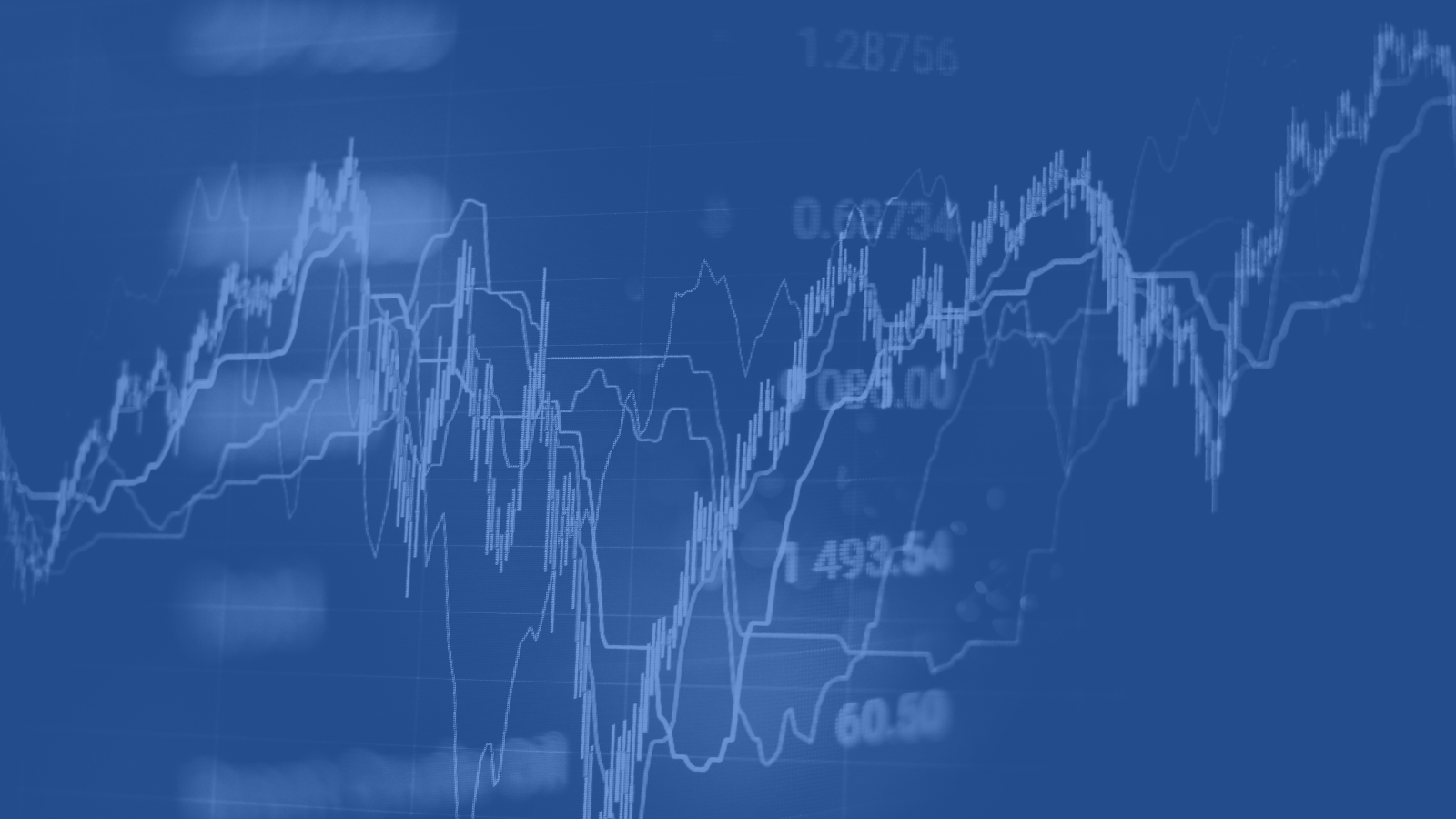Bringing the Efficient Frontier to Nonprofits

Infinite Giving aims to bring the Efficient Frontier to nonprofits with ETFs and low cost index funds.
What is the efficient frontier? The efficient frontier comprises investment portfolios that offer the highest expected return for a specific level of risk. The theory was introduced by Nobel Laureate Harry Markowitz in 1952 and is a cornerstone of modern portfolio theory (MPT).
An optimal portfolio is one that according to Markowitz's theory, could be designed with a perfect balance between risk and return. This portfolio does not simply include securities with the highest potential returns or low-risk securities. Rather, it aims to balance securities with the greatest potential returns with an acceptable degree of risk or securities with the lowest degree of risk for a given level of potential return.
The importance of diversification.
The efficient frontier graphically depicts the tremendous benefit of diversification. It reveals how diversification improves a portfolio's risk/reward profile and that there is a diminishing marginal return to risk. In other words, adding more risk to a portfolio does not necessarily gain an equal amount of return. Optimal portfolios that comprise the efficient frontier tend to have a higher degree of diversification.
One assumption in investing is that a higher degree of risk means a higher potential return. Conversely, investors who take on a low degree of risk have a low potential return. According to Markowitz's theory, there is an optimal portfolio that could be designed with a perfect balance between risk and return. The optimal portfolio does not simply include securities with the highest potential returns or low-risk securities. The optimal portfolio aims to balance securities with the greatest potential returns with an acceptable degree of risk or securities with the lowest degree of risk for a given level of potential return.
Asset allocation can be the secret sauce.
It turns out that just selecting asset types has a lot to do with investment success. The secret sauce often lies in determining how much of each index fund to own in a given portfolio, what’s known as asset allocation.
Worried about which asset to choose and which stock to purchase? Surprisingly, what you own in each asset class is almost irrelevant. Rather, prudent investing is much more about owning the right asset classes in amounts that reflect the organization's ability to withstand volatility — the ups and downs of the market — over time.
Infinite Giving uses index funds and ETFs because they are low cost and broadly diversified, that is, they can represent the best expression of an asset class, be it stocks, bonds or something else. Most important, index funds can get greater returns (thanks to low fees) while taking less risk (thanks to diversification). More return at a lower risk is what academics call “the efficient frontier.”
Explore More
Finance
Articles
Grow Your Giving with Expert Nonprofit Financial Advice





.png)
